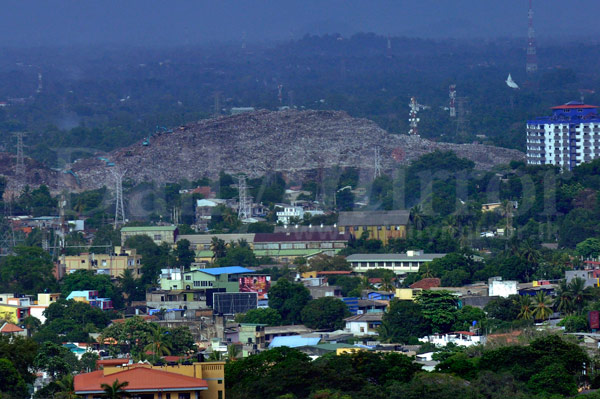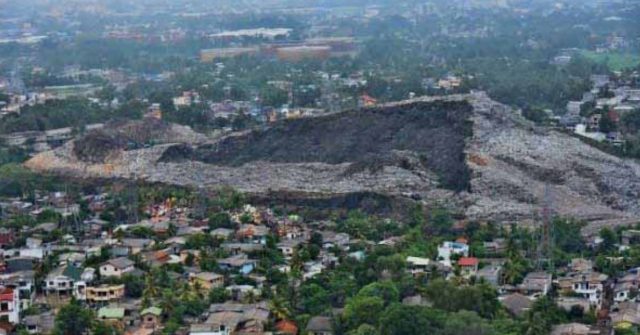17 April 2017
The Meethotamulla garbage dump landslide: an avoidable tragedy?
Posted by Dave Petley
The Meethotamulla garbage landslide: an avoidable tragedy
The number of victims recovered from the Meethotamulla garbage dump landslide in Sri Lanka is now 28, with at least 30, and possibly as many as 100, people still missing. Rescue operations continue, although the reality is that it is unlikely that anyone will be recovered alive now. Meanwhile, controversy has developed over the blame for the tragedy. This Reuters report says:
The police said they were investigating whether the landslide was natural or man-made.
This is not in question. There is nothing natural about this landslide in any way. The question is not whether it was natural, but whether it was foreseeable (note not this is not the same as asking whether it was predictable, as I noted in a post in December). To me the answer is hinted at by this image, published in the Sri Lanka Daily Mirror in 2014, showing the dump at that time, but an investigation is needed to answer the question properly:

Sri Lanka Daily Mirror image of the Meethotamulla garbage dump, taken in 2014.
.
Compare this image with this one, published by LankaeNews, showing the aftermath of the failure:

The aftermath of the Meethotamulla garbage dump landslide, fro Lankenews.
.
There is a very interesting article on Groundviews website about the garbage dump, its impact on local residents, and of course the landslide. On the Meethotamulla garbage dump itself, it says of the local residents:
One thing they all had in common was their distaste for the nearby dump. It was clearly visible from most of the lanes – swarming with flies, with the occasional pig rooting through the garbage. Even if you couldn’t see it, you could certainly smell it. The people I interviewed said the stench was particularly unbearable when it was hot, forcing many to close their windows and doors to avoid the smell.
Worse, respiratory diseases and skin rashes were quite common thanks to the proximity of the dump.
But the article also quotes a 2010 piece in the Sunday Leader that is deeply worrying:
[CMC Commissioner Badrani Jayawardena] claimed that this site is the only one of its kind to be maintained. “No where in Sri Lanka is it maintained like this,” she said. “Everyday we put a layer of soil on top of the garbage to seal it. We do it step by step but within five days we get the area covered. The reason it looks like such a huge dump is because of the soil as well.”
Putting layers of soil on the garbage way well have been wise in terms of containing the odours, but may have been dangerous in terms of the stability of the dump. This sounds to me to be a recipe for creating planes of weakness, increasing the likelihood of failure. The investigation, if done properly, will need to look into this as well.
In the short term, in addition to completing the recovery operation, there is an urgent need to start to make the dump stable. The peak summer rainy season in Colombo is in May, with an average of almost 400 mm rainfall over the month.


 Dave Petley is the Vice-Chancellor of the University of Hull in the United Kingdom. His blog provides commentary and analysis of landslide events occurring worldwide, including the landslides themselves, latest research, and conferences and meetings.
Dave Petley is the Vice-Chancellor of the University of Hull in the United Kingdom. His blog provides commentary and analysis of landslide events occurring worldwide, including the landslides themselves, latest research, and conferences and meetings.